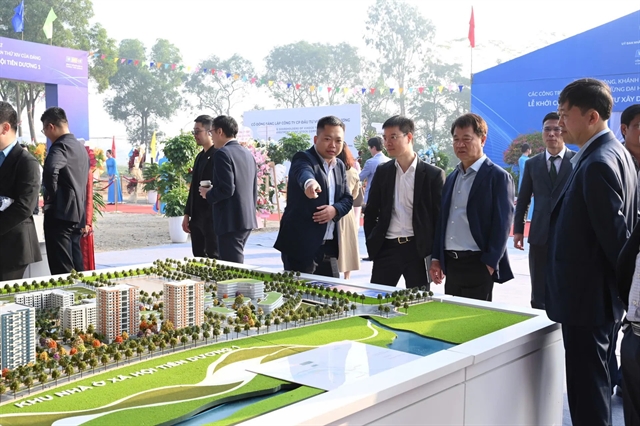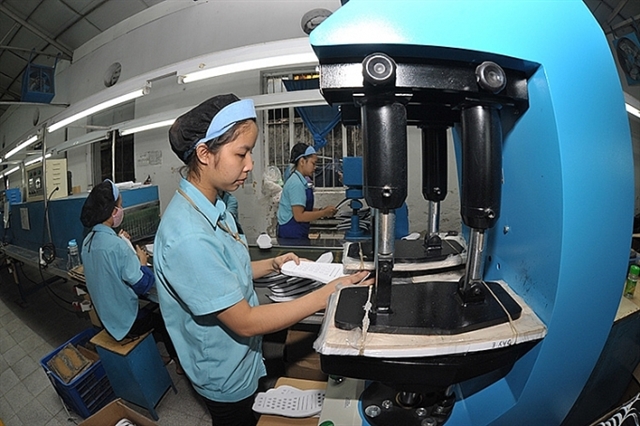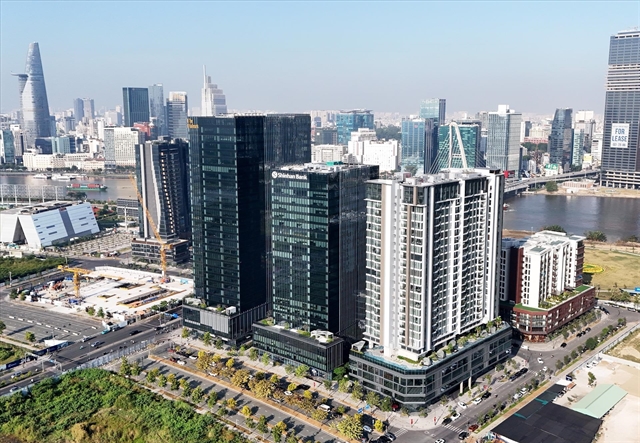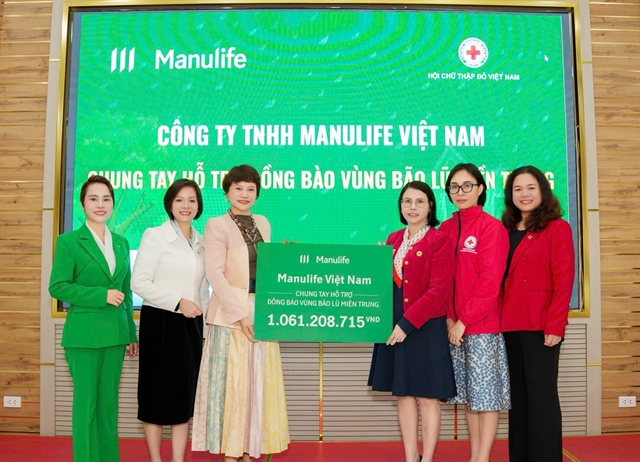 Economy
Economy

To develop the support industry for the leather and footwear sector, the State should have policies to encourage development of new materials, according to the Việt Nam Leather and Footwear Association (Lefaso).

|
| In April, the footwear sector saw a reduction of 6.6 per cent in total export value to US$1.3 billion month-on-month. — Photo congthuong.vn |
HÀ NỘI — To develop the support industry for the leather and footwear sector, the State should have policies to encourage the development of new materials, according to the Việt Nam Leather and Footwear Association (Lefaso).
Lefaso General Secretary Phan Thị Thanh Xuân told the Công thương (Industry and Trade) newspaper that policies on developing the support industry should have incentives for enterprises to increase investments in new technology, researching and developing new materials or establishing start-ups that will create the new materials. Footwear is part of the fashion industry with non-stop changes in developing new products and a high rate of diversification.
Development of the support industry is necessary because it helps leather and footwear enterprises to actively seek material sources and attract foreign investors, she said.
According to the association, the Ministry of Industry and Trade is working with Lefaso to set up a strategy on developing the support industry for the leather and footwear industry.
The leather and footwear sector needs a suitable development strategy for its support industry, Xuân said. The State should not apply a development strategy of the support industry for all sectors because different sectors have many different characteristics.
In addition, the general development strategy of the footwear sector should focus on labour and new technology. In fact, the labour shortage could be solved by the development of machines and technology, she said.
However, most of enterprises operating in the sector are small- and medium-sized. They usually face difficulties in investing in R&D and technology due to poor capital sources and low skilled labour.
At present, the leather and footwear enterprises do not face a material shortage as it did in the first three months, she said. Their troubles are a lack of export orders. If that situation continues in the coming months, it would affect labour.
In April, the footwear sector saw a reduction of 6.6 per cent in total export value to US$1.3 billion month-on-month, according to the Ministry of Industry and Trade. VNS




